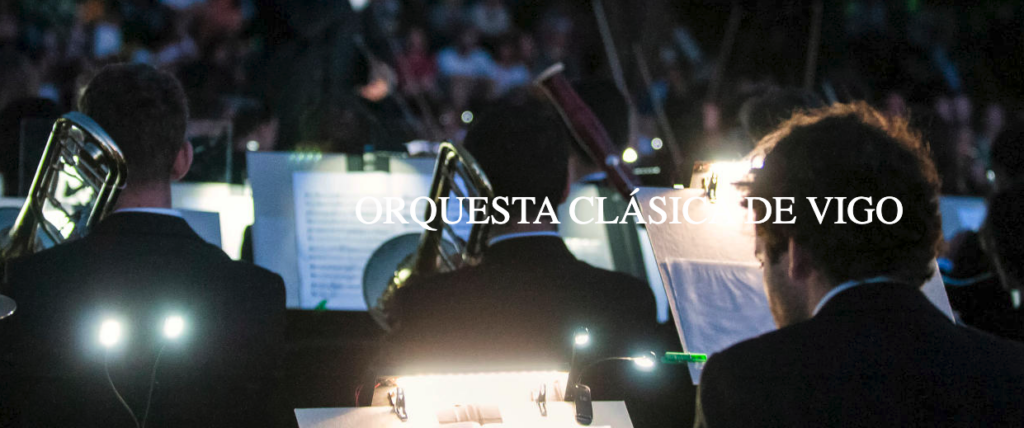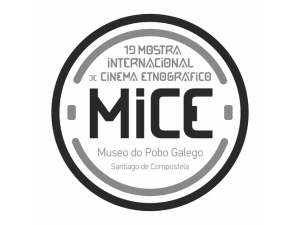
RECONSTRUCTING THE FILM CANTO DE EMIGRACIÓN
March 15 at 8 pm at Teatro Principal (Santiago de Compostela)
Documentary – silent film | 1935 | 20 min | Galicia
Director: Antonio Román
Screenwriter: A. Román
Music: Teódulo R. Páramos
Cinematography: Antonio Román
Edition: A. Román
Cast: Celso Madriñán and Cole´s neighbours
Canto de emigración tells the story of a Galician peasant who leaves his small village to make money in America. However, he comes back a poor and sick man.
It was filmed in 1934 in several villages in the province of Ourense, including Coles, Ribela, Malvedo, and Ourense city. The leading role was played by Galician actor Celso Madriñán, who was an amateur stage actor. Román chose him because he was skinny and had a natural aura of sadness –the perfect fit for a migrant farmer that comes back ill. The rest of the characters were played by the inhabitants of Coles. The film, which is based on a drawing by Castelao, has a duration of 20 minutes and is considered a piece of “pure cinema” in the style of Eisenstein’s Romance sentimentale –a work with a carefully orchestrated visual aesthetic combined with an original musical score composed ad hoc for the film.
RECONSTRUCTING THE FILM
Galician filmmaker Pepe Coira was in charge of reconstructing Antonio Román’s Canto de emigración (Romance en imágenes sobre motivos gallegos) (1934) – a short film that at the time was seen as one of the rare examples of avant-garde cinema in Spain. For reconstructing the film, Pepe Coira used the remains that survive to this day. What he (re)created is not a mere restoration but a full-fledged version of the original work that will allow the viewers to imagine a lost piece. Even though there are no known copies of Román’s film, there is material testimony from which to reimagine what it looked like. One of the elements that survived is the script –a text that Román wrote for a cinema journal and which details the plot (structured in sequences) with a poetic approach. We also have access to several images, including photos of the filming –thanks to which it is possible to reconstruct the main character’s look. These pictures, which had remained unknown until recently, belong to Celso Madriñán’s family.
As for the music that accompanied the film, the original musical score is kept by the granddaughter of the original composer Teódulo Páramos, who is a piano teacher at Vigo’s music school and a violinist at Vigo’s classical orchestra. Coira masterfully combines all these elements. The result? An event where the screening of the recreated short film will be accompanied by Vigo’s musical orchestra, which will play Teódulo Páramos’ original score live. Coira’s recreation is made with frames of the original piece and excerpts from other films that resonate with Román’s work.
ORQUESTA CLÁSICA DE VIGO (Vigo’s Classical Orchestra)
The Orquesta Clásica de Vigo is the oldest orchestra in Galicia. Founded by Manuel Martínez Álvarez-
Nava in 1984, it has since committed to innovation and initiatives that explore exchanges between different disciplines, styles, and spaces.

Since its creation, Vigo’s Classical Orchestra has performed hundreds of pieces, and its latest shows included live cinema, dance performances, and original soundtracks. Vigo’s Classical Orchestra rejects labels and offers a program that intends to be a meeting point for innovative projects and modern audiences –for the musicians that are part of it, “classical” is synonymous with universal and atemporal.
